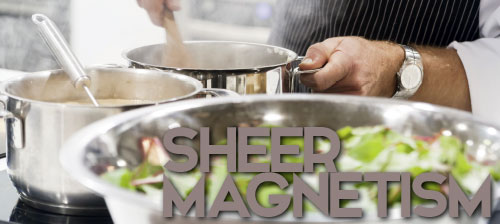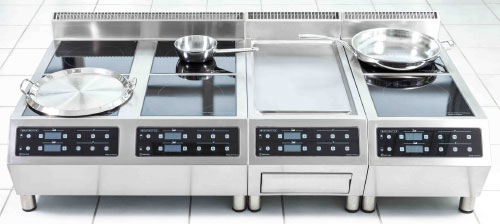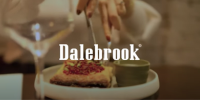If recent growth in the sales of induction hobs continues then kitchens of the future may be considerably cooler, safer places.

If recent growth in the sales of induction hobs continues then kitchens of the future may be considerably cooler, safer places.
The Trend
There’s a famous saying that goes ‘If you can’t stand the heat, get out of the kitchen’. But if the recent growth in the sale of induction hobs continues then kitchens of the future may be considerably cooler,
safer places. Perhaps even more importantly they could also be far
more energy efficient as well.
The technology behind induction cooking has actually been around for a very long time but it’s only in recent years that induction has started to become established as a mainstream cooking technology. The very first patents incredibly date back to the early 1900’s although it was the 1970’s before the technology really went into mass production and the late 1980’s before it became available to the domestic market.
The benefits of induction are now really starting to be recognised and the fact that sales of electric hobs have now overtaken those of gas hobs is largely down to the number of induction hobs now being sold.
How does it work?
So how does induction technology work and what makes it so radically different from conventional gas or electric cooking? In simple terms a coil of copper wire built into the hob has an alternating electric current passed though it which creates a magnetic field. This effectively creates resistance in the cooking vessel placed on the hob (which acts like the magnetic core of a transformer) and the vessel heats up, cooking the food. Because induction cooking supplies energy directly to the cooking vessel via a magnetic field virtually all of the source energy gets transferred to that vessel. With gas or conventional electric cookers (including halogen), the energy is first converted to heat and only then directed to the cooking vessel - with a lot of that heat going to waste heating up your kitchen instead of heating up your food.
The result is a way of cooking food that is intrinsically very safe, precise and extremely energy efficient. It might just be the future of cooking.

Key benefits of induction technology
• Safety: Induction technology heats the cookware, whilst the surrounding area stays cool to touch. Built in safety features include overheat and boil-over sensors and an empty pan detector.
• Precision: Precise temperature control and instant response. Heat levels are evenly distributed for perfect and consistent results. Induction units can go from holding chocolate (with the pan DIRECTLY on the hob) at the correct temperature, to quickly getting a pan to a temperature high enough to
seal meat!!
• Power: Twice as fast compared to any other cooking method.
• Efficiency: 95% energy efficient, (compared to 50% for gas), high efficiency = maximum yield. Energy consumption is around HALF that of gas.
• Ease of Maintenance: Because only the hob surface UNDER the pan becomes hot from the heat from the base of the pan, any spillages from the pan fall onto a cool surface and do not “burn on”. The surface simply wipes clean after use.
Featured Products in this article
Have a look at the full article on our free online copy of Trend Set Magazine, and if any of the products featured catch your attention, click the relevant product code below to shop online!

1a. Adventys Four Zone 16kw Unit: HEA581
1b. Adventys Four Zone 24kw Unit: HEA582
2. Adventys Two Zone 8kw Plancha Unit: HEA583
3a. Adventys Two Zone 8kw Unit: HEA579
3b. Adventys Two Zone 12kw Unit: HEA580
4. Chefmaster 7kw Induction Hob: HEA518
5. Chefmaster 300w Induction Hob: HEA774
6. Adventys Double Ring Hob: HE2320
7. Adventys Flat Top Hob: HE2309
8. Adventys Plancha Induction Unit: HE2316
9. Titan Induction Range: HEA898
10. Prepara Non-Stick Induction Frypan 20cm: ED377
11. Prepara Non-Stick Induction Frypan 24cm: ED378
12. Prepara Non-Stick Induction Frypan 26cm: ED379
13. Prepara Non-Stick Induction Frypan 28cm: ED380
14. Prepara Non-Stick Induction Saute Pan 24cm: ED381




Leave a comment